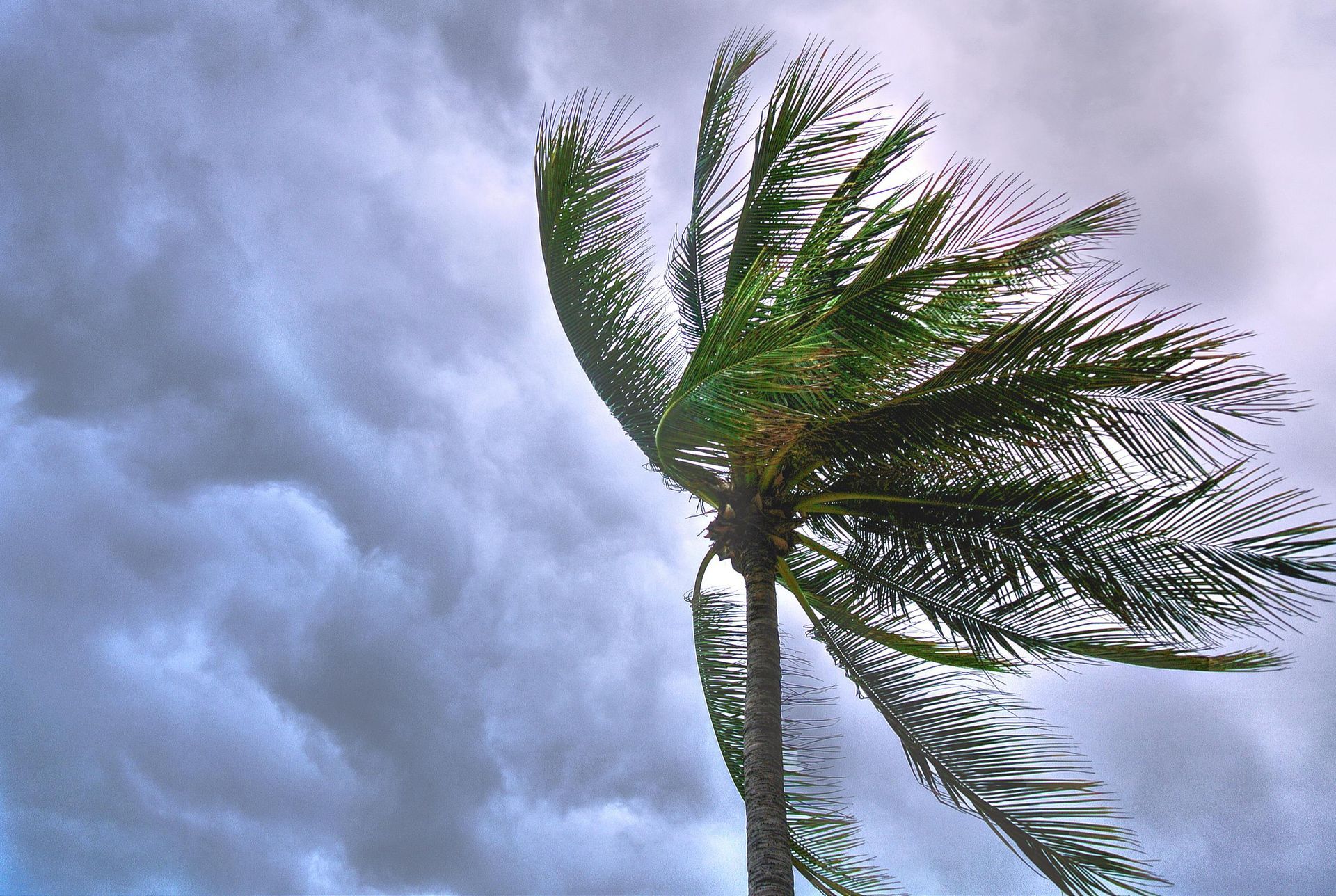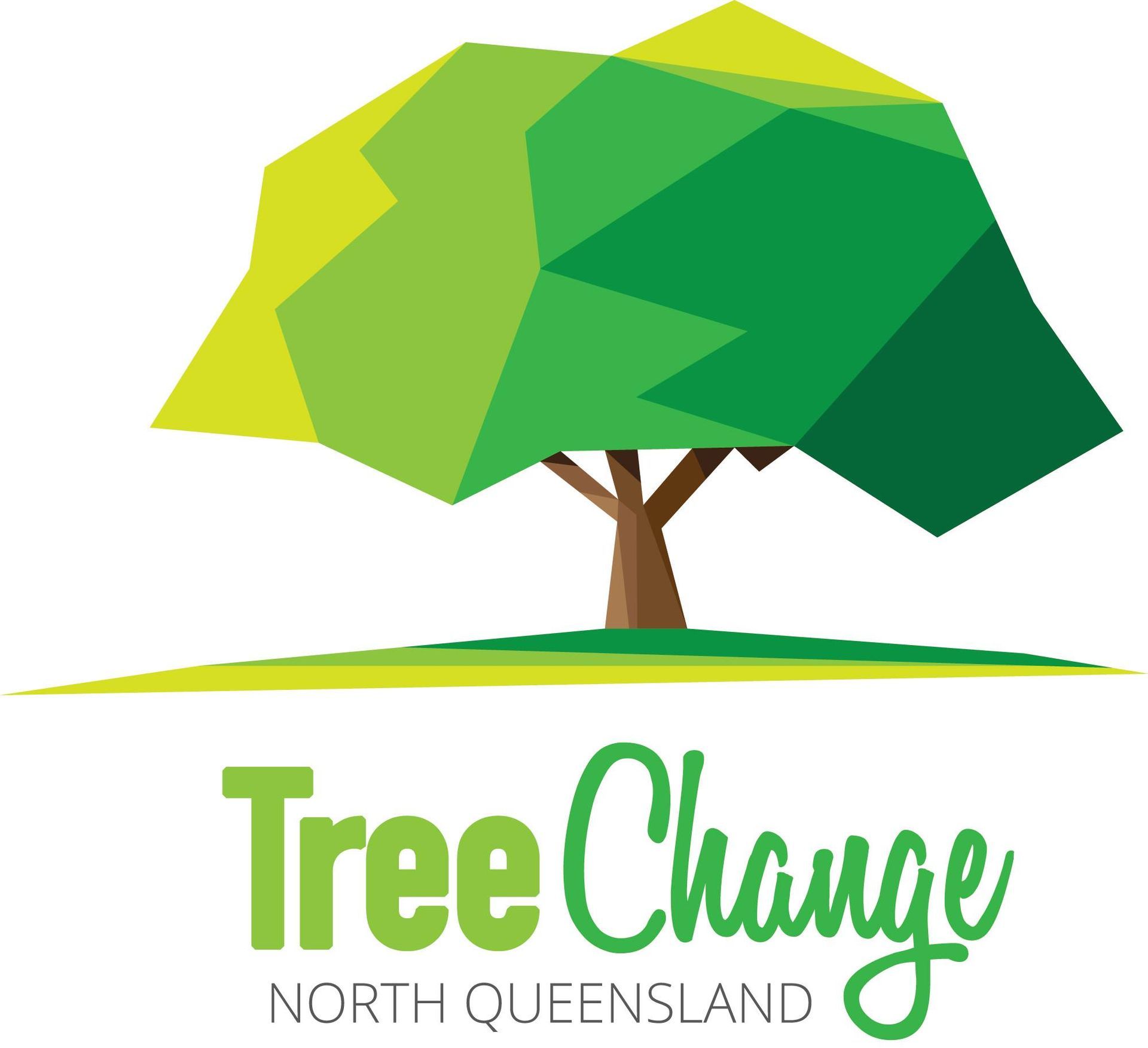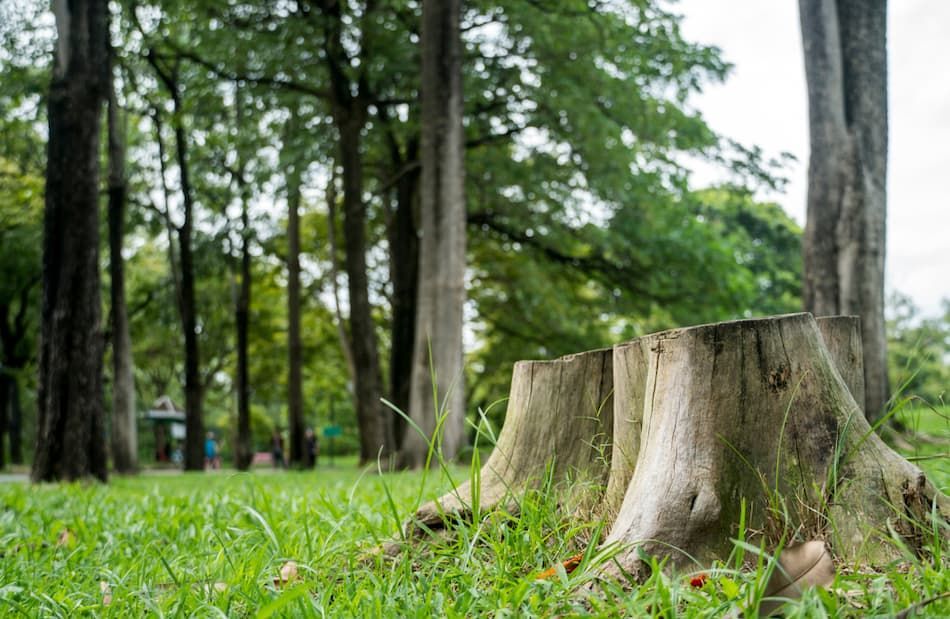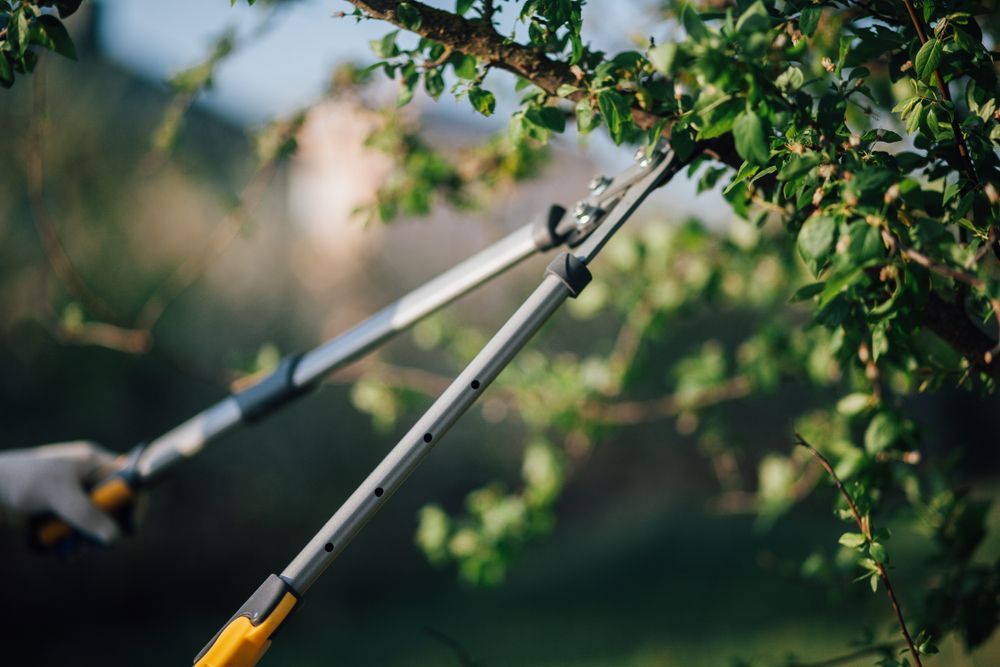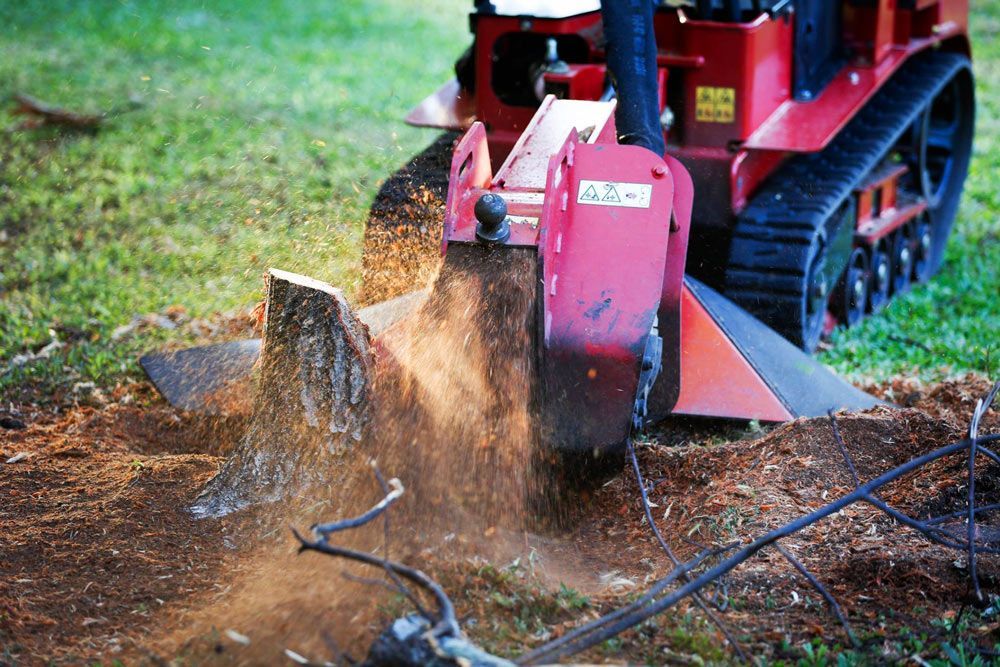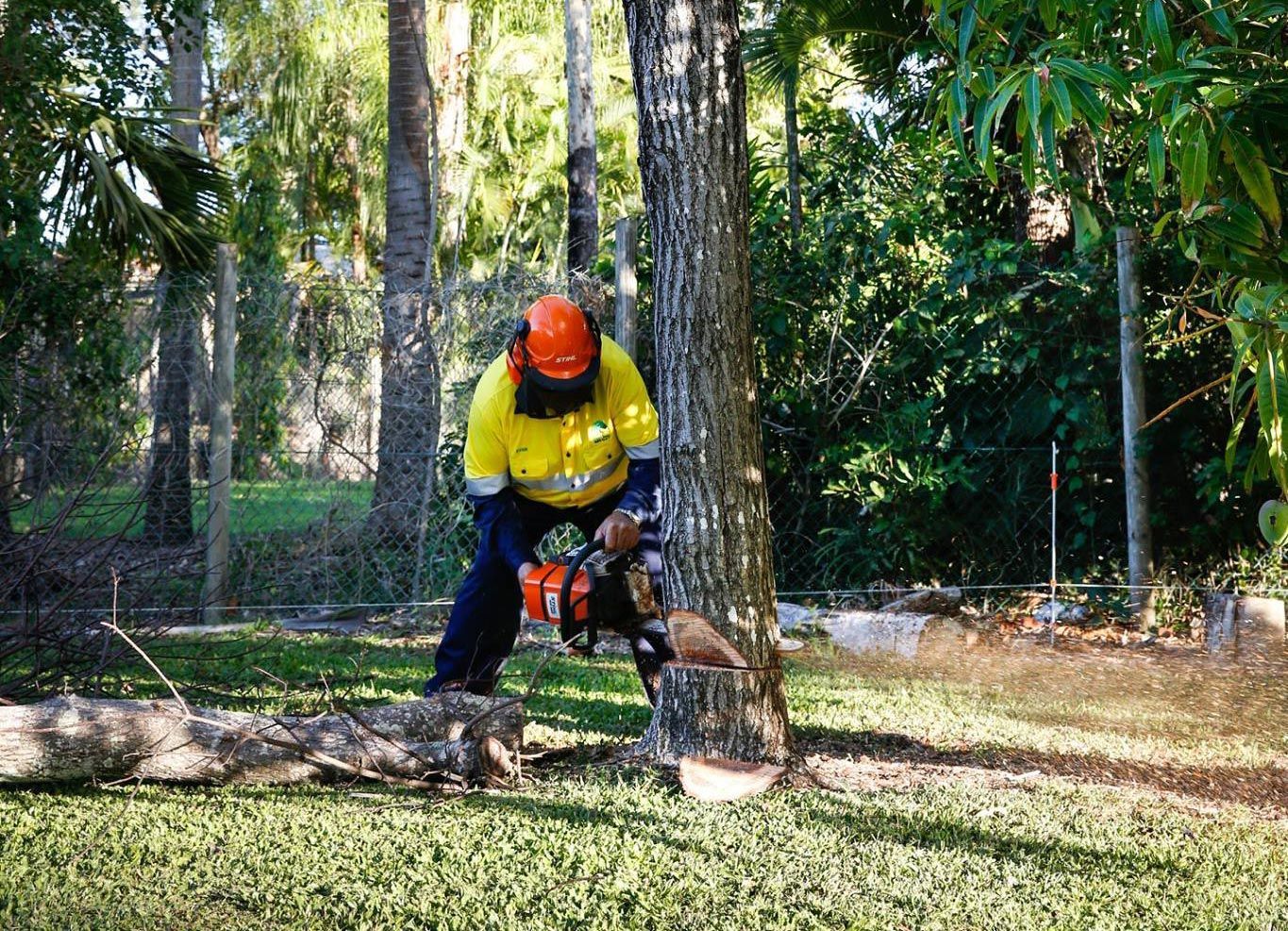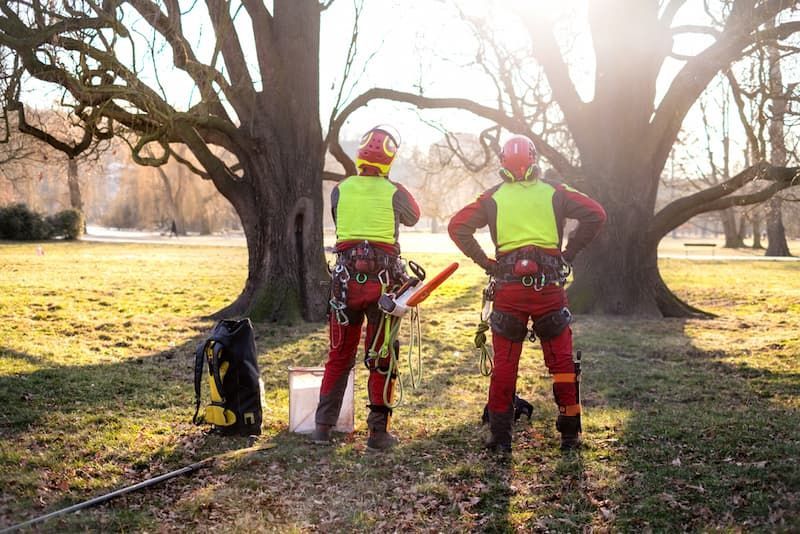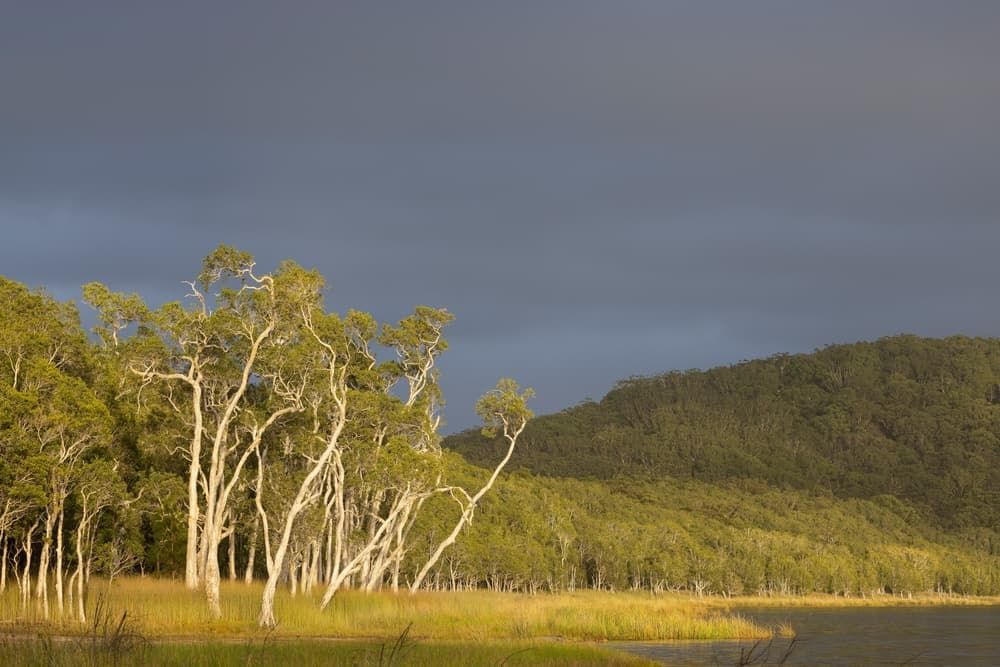What to Expect During a Professional Stump Grinding Service

Removing a tree from your property is often only half the job. What remains behind—the stump—can be an eyesore, a tripping hazard, or even a haven for pests and fungi. Whether you're planning landscaping works or simply want a tidier yard, stump grinding is an efficient and popular method of eliminating unwanted stumps.
But what exactly does the process involve? From the moment a professional arrives to the final clean-up, this guide outlines what property owners can expect during a stump grinding service. If you’ve ever searched for “stump grinding near me,” this walk-through will help you understand the steps, timeframes, and outcomes of the job.
Initial Site Assessment: Understanding Your Stump’s Size, Location & Surroundings
The first step in a professional stump grinding service is a thorough assessment of the site. Before any equipment is unloaded, a technician will evaluate the stump’s characteristics and the surrounding environment to plan the safest and most efficient approach.
This evaluation typically includes:
- Measuring the diameter and height of the stump
- Identifying the tree species (some hardwoods are more resistant)
- Checking the location relative to fences, walls or buildings
- Identifying the presence of visible surface roots
- Confirming there are no nearby underground utilities or irrigation lines
This initial assessment ensures the right machinery is chosen and that all safety measures are accounted for before work begins.
Preparing the Area: How Technicians Protect Your Property Before Grinding Starts
Once the assessment is complete, the next stage involves preparing the site to minimise any risk of damage. A professional stump grinding team will take precautionary steps to protect your home, garden, and nearby structures.
Typical preparation steps may include:
- Clearing the area of rocks, debris and other obstructions
- Moving garden furniture, pots or ornaments away from the grinding zone
- Setting up protective barriers to contain flying woodchips
- Marking any nearby underground services to avoid accidental damage
- Ensuring the stump is cut close to ground level for efficient grinding
By taking time to prepare properly, technicians reduce the risk of injury or unintended damage to your property.
The Machinery Behind the Job: A Look at the Stump Grinding Equipment Used
Stump grinding requires the use of purpose-built machines designed to shred dense wood into fine mulch. These machines vary in size and capacity, depending on the stump’s location and dimensions.
Most stump grinding operations use:
- Wheeled or tracked stump grinders: Ideal for residential lawns and soft ground
- Rear-tow grinders: Suitable for multiple stumps on larger properties
- Portable grinders: Designed for narrow or difficult access areas
The machine uses a rotating cutting disc fitted with sharp teeth to chip away at the wood. As it sweeps from side to side and moves gradually downwards, it breaks the stump into manageable particles. Though these machines are powerful, they are handled by trained professionals who know how to manage the noise and dust.
The Grinding Process Itself: What Happens to the Stump & Roots?
With the equipment in place, the grinding begins. The process is surprisingly quick and targeted, focusing only on the visible stump and any exposed surface roots.
What typically happens:
- The machine is positioned directly over the stump
- The cutting disc moves across the stump, grinding it layer by layer
- Grinding continues until the stump is between 100–300 mm below ground level
- Surface roots within the grinding zone are also mulched
- Deeper underground roots are left to decompose naturally over time
Grinding doesn’t remove the entire root system, but it renders the stump non-viable, preventing regrowth and allowing for safe replanting or turfing over the site.
What to Do with the Woodchips: Mulch Options or Waste Removal?
Once grinding is complete, you’re left with a pile of mulch-like material—an earthy mix of wood shavings and soil. This by-product can either be reused or removed, depending on your landscaping preferences.
Common post-grinding options include:
- Reusing mulch: Spread it around garden beds or under trees for moisture retention
- Backfilling the hole: Use the mulch to refill the depression left by the stump
- Professional removal: Technicians can haul away the debris if preferred
How Long Does It Take? Timelines Based on Stump Size & Conditions
One of the advantages of stump grinding is its efficiency. The time taken depends on the size of the stump, the type of tree, and the site’s accessibility, but most jobs are completed within a few hours.
Estimated timeframes include:
- Small stump (under 30 cm diameter): 15–30 minutes
- Medium stump (30–60 cm): 30–60 minutes
- Large stump (60 cm+): 1–2 hours
- Sites with multiple stumps or difficult access: 2–4 hours or more
An experienced provider will give a clearer time estimate during the initial visit based on your specific circumstances.
Will There Be a Mess? Noise, Dust & What to Expect During and After
Grinding is a noisy process, and it generates a fair amount of sawdust and mulch—but a good provider manages this with precision and care.
During the service, you can expect:
- Noise: Comparable to a power mower or chipper, but only during grinding
- Woodchip spread: Flying chips are mostly contained with guards or tarps
- Dust: Kept to a minimum, particularly when the ground is damp
- Clean-up: Most providers rake and tidy the area once grinding is done
Final Touches: Post-Grinding Options Like Backfilling, Lawn Repair or Tree Replanting
With the stump gone, your property is ready for whatever comes next—whether it’s fresh turf, a garden bed, or even another tree. Many stump grinding services offer post-treatment support to help you transition smoothly.
Post-grinding options may include:
- Backfilling with mulch or topsoil: To level the ground and prevent dips
- Turf preparation: Spreading soil and levelling the area for new grass
- Replanting advice: Including guidance on ideal spacing and soil amendments
Some clients wait a few weeks to allow the mulch to settle before laying turf, while others jump straight into the next stage of landscaping. Either way, the space is now free from obstruction and ready for reuse.
Need Stump Grinding in Townsville?
Reclaim your yard and remove hazardous or unsightly tree remnants with professional
stump grinding in Townsville. At
Tree Change NQ - Townsville Tree Care, our trained team delivers fast, clean, and precise stump removal using industry-standard equipment and safe work practices. Whether you’re clearing one small stump or several larger ones, we’ll leave your property neat, level, and ready for its next stage.
Contact us today to get started.
